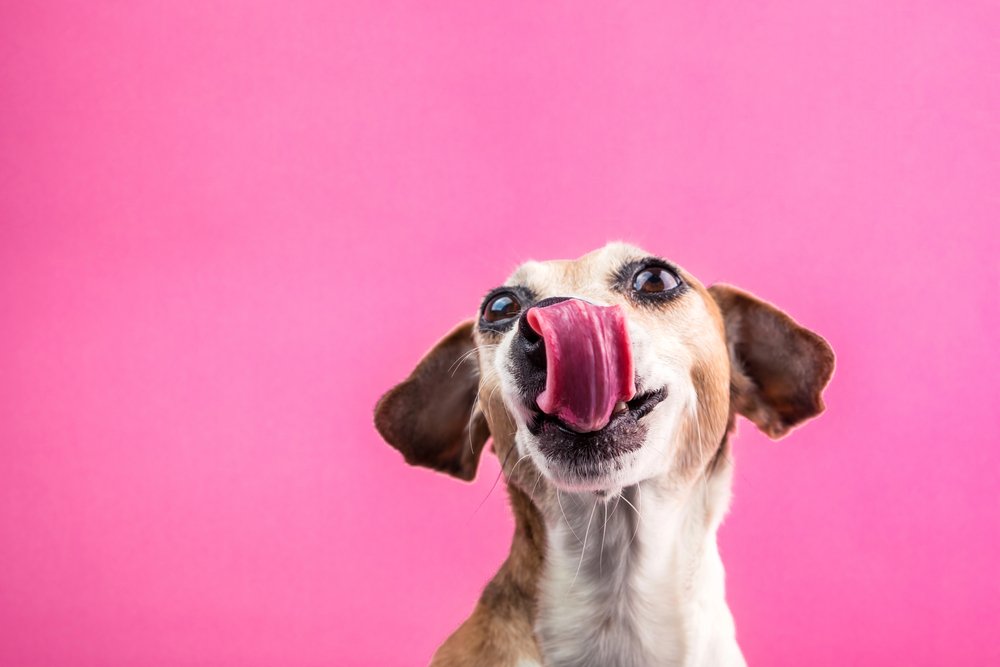Dogs are naturally curious creatures, driven by their keen sense of smell and desire to explore the world around them. This curiosity extends to unusual tastes and smells that they might encounter around the home, including paint on the walls. If your dog is attempting to eat paint, it may simply be trying to investigate a foreign substance in its environment.
Nutritional Deficiencies: Seeking What They Lack

Sometimes, dogs may eat non-food items due to nutritional deficiencies. Paint may contain minerals or other materials that your dog’s body is craving. If your pet’s diet lacks essential nutrients, it might resort to consuming things that are not typically edible, such as paint, in an attempt to satisfy its nutritional needs.
Pica Syndrome: Compulsion for Non-Food Items
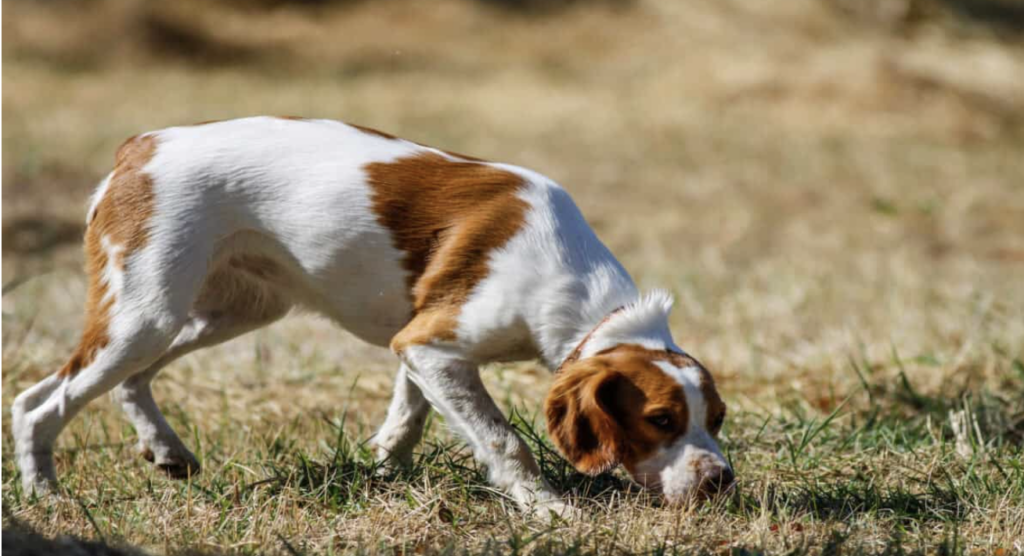
Pica is a condition that involves eating items that are not considered food, such as stones, dirt, or in this case, paint. It can be caused by anxiety, nutritional deficiencies, or behavioral issues. If your dog is frequently attempting to eat paint, it might be exhibiting signs of pica, which warrants a consultation with a veterinarian for a thorough evaluation.
Anxiety and Stress: A Canine Coping Mechanism
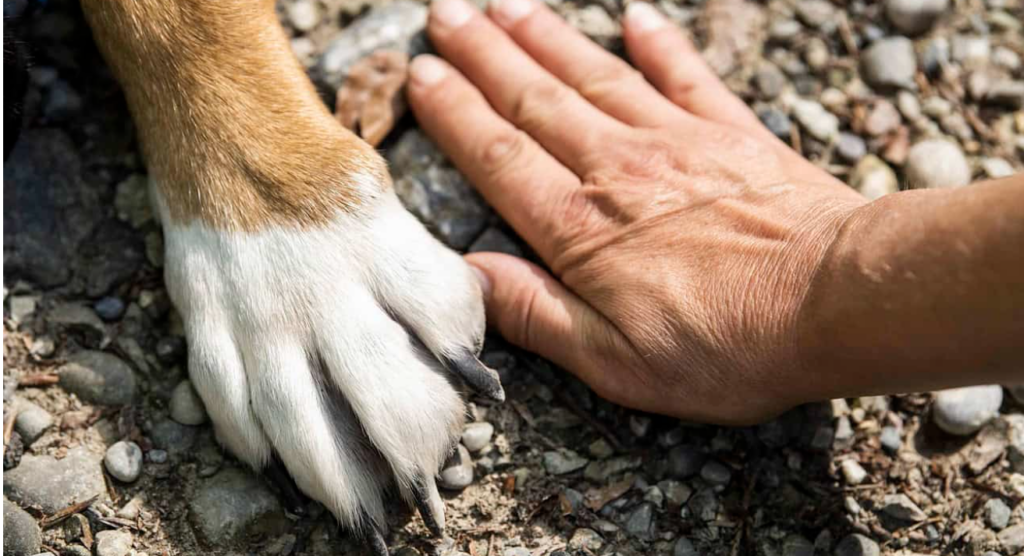
Dogs often display unusual behaviors in response to anxiety or stress, similar to how humans may chew their nails. Consuming items like paint might be a self-soothing mechanism for your dog to cope with feelings of stress or anxiety, especially if there have been recent changes in their environment or routine.
Boredom: Filling the Time with Mischief

Boredom is another common reason dogs engage in strange behaviors. If a dog doesn’t receive adequate mental and physical stimulation, it may start to look for other ways to entertain itself, including eating random non-food items like paint. Ensuring your dog has enough toys, exercise, and attention can help alleviate this behavior.
Attention-Seeking Behavior: Getting Your Eyes on Them
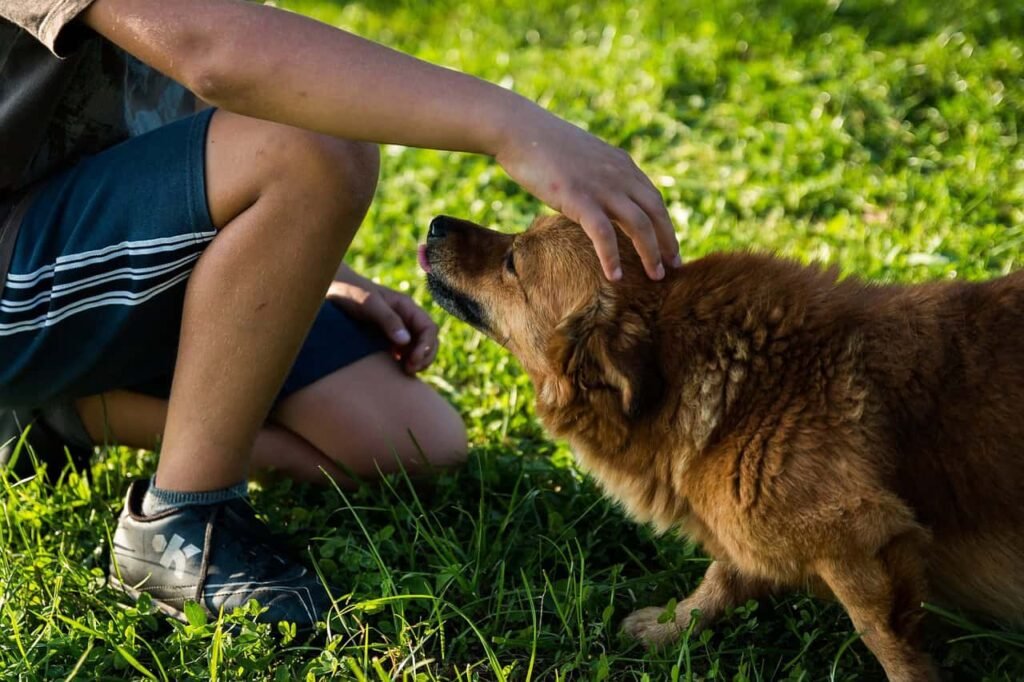
Some dogs learn quickly that certain behaviors will get their owners’ attention, even if it’s negative attention. Eating paint off the walls might be your dog’s way of getting you to notice them, especially if they feel neglected or bored. In such cases, finding more positive ways to engage with your dog and reward desirable behaviors can be beneficial.
Taste or Smell: An Irresistible Lure
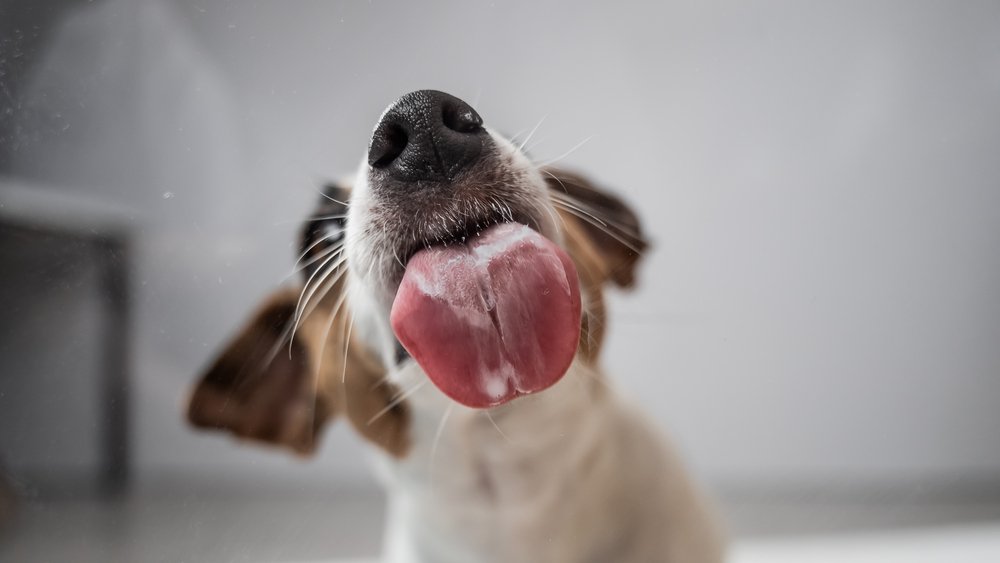
Paint might have an appealing taste or smell to some dogs, particularly if it contains certain compounds or minerals. Dogs can be attracted to strange tastes and smells that humans might find unpleasant or unnoticeable. If paint seems tempting to your dog, it may be reacting to these sensory cues.
Medical Issues: Underlying Health Problems

Occasionally, consuming non-food items can be a sign of underlying health issues, such as gastrointestinal problems, endocrine disorders, or neurological conditions. If your dog consistently tries to eat paint and exhibits other symptoms like lethargy, vomiting, or changes in appetite, seeking veterinary advice is crucial to rule out medical problems.
Lack of Supervision: Opportunities to Explore
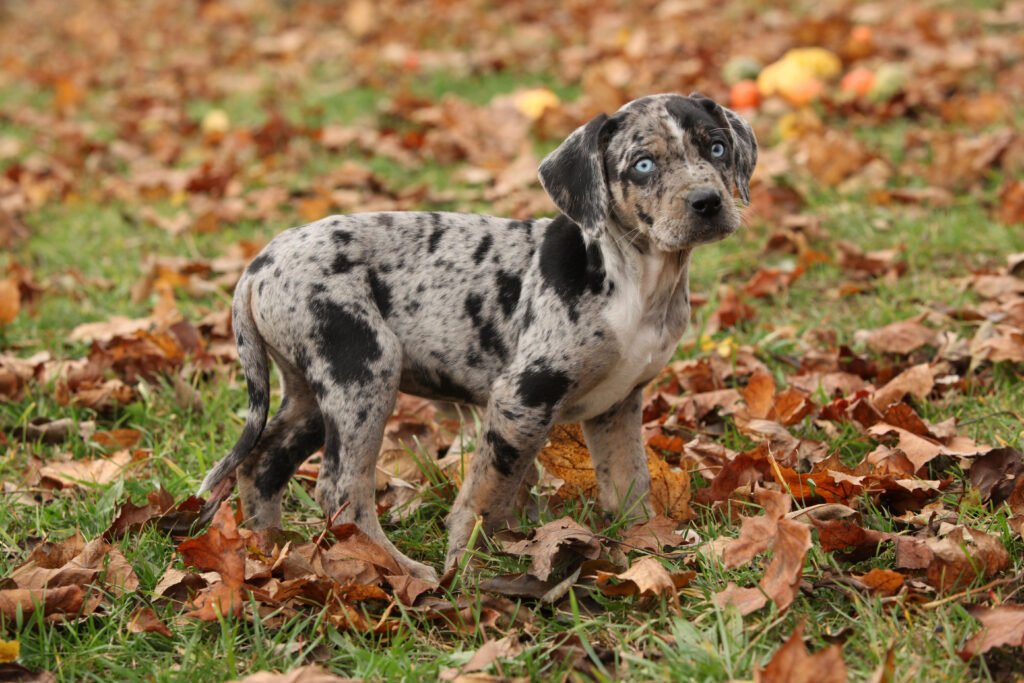
Finally, if a dog is left unsupervised for long periods, its curiosity and boredom can lead it to behaviors such as eating paint. Ensuring your pet is not left alone for too long, especially in areas where it might access hazardous materials like paint, is essential for their safety and well-being.
How to Prevent Your Dog from Eating Paint
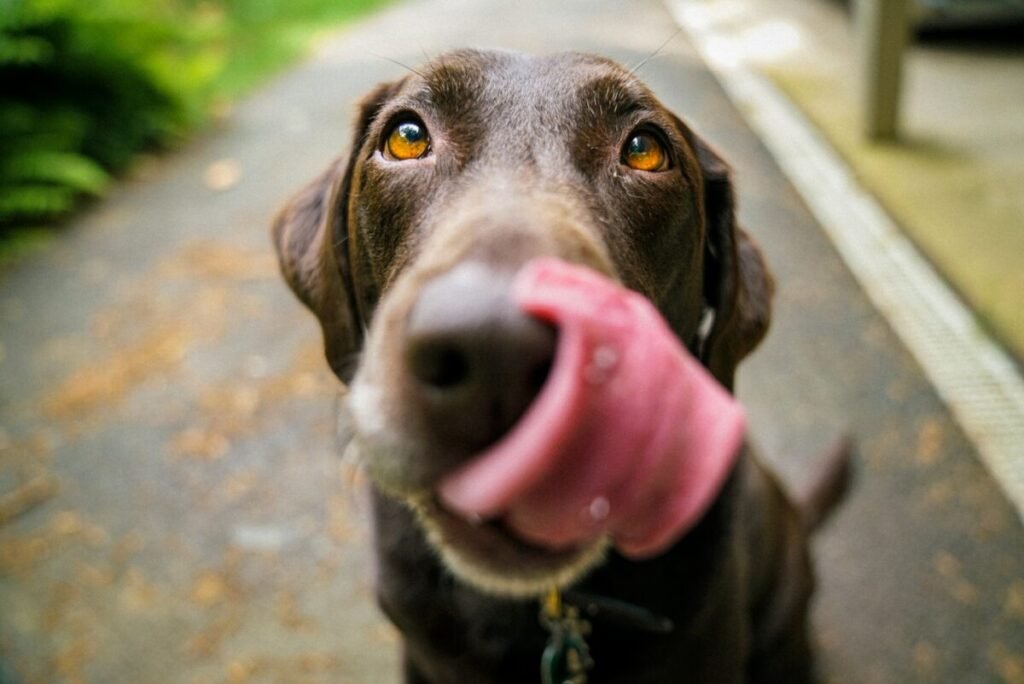
Understanding why your dog eats paint is the first step in addressing the problem. Here are some strategies to mitigate this behavior: ensure a balanced diet to prevent nutritional deficiencies, provide ample mental and physical stimulation to combat boredom or anxiety, apply deterrents on painted surfaces, and seek professional help if the problem persists. Regular vet visits and behavior consultations can help you tailor solutions that best suit your pet’s needs.
Jen is a passionate nature lover and ocean conservationist. She has dedicated her life to protecting the environment and preserving the beauty of the natural world. Growing up in a small coastal town, Jen sincerely appreciated the ocean and its inhabitants. She has spent countless hours exploring the shoreline, learning about the creatures that inhabit the waters, and advocating for their protection. Jen is an active member of ocean conservation organizations, and she is committed to educating the public about the importance of conserving wildlife and the natural environment.

